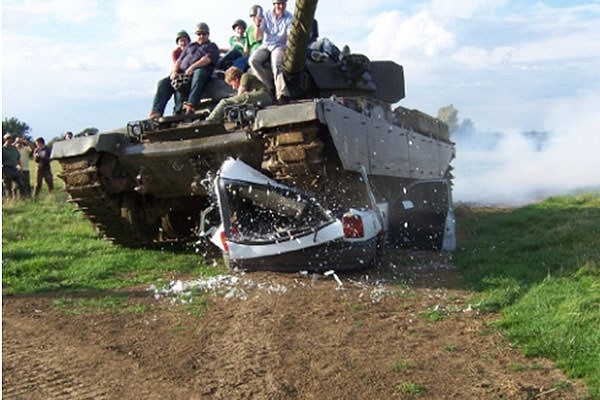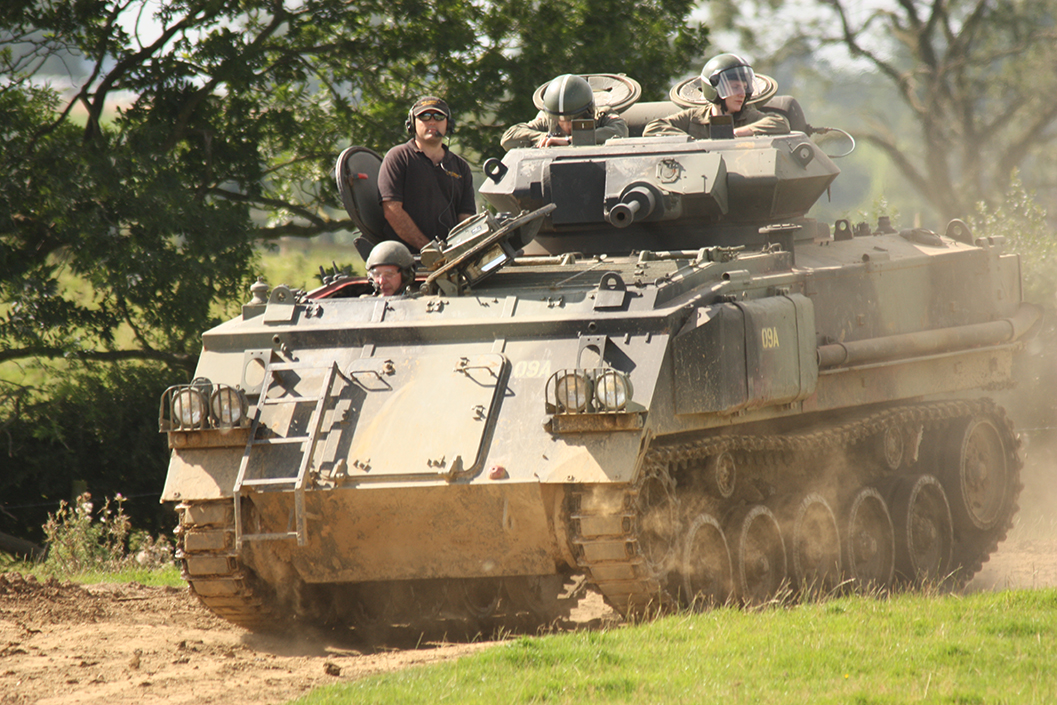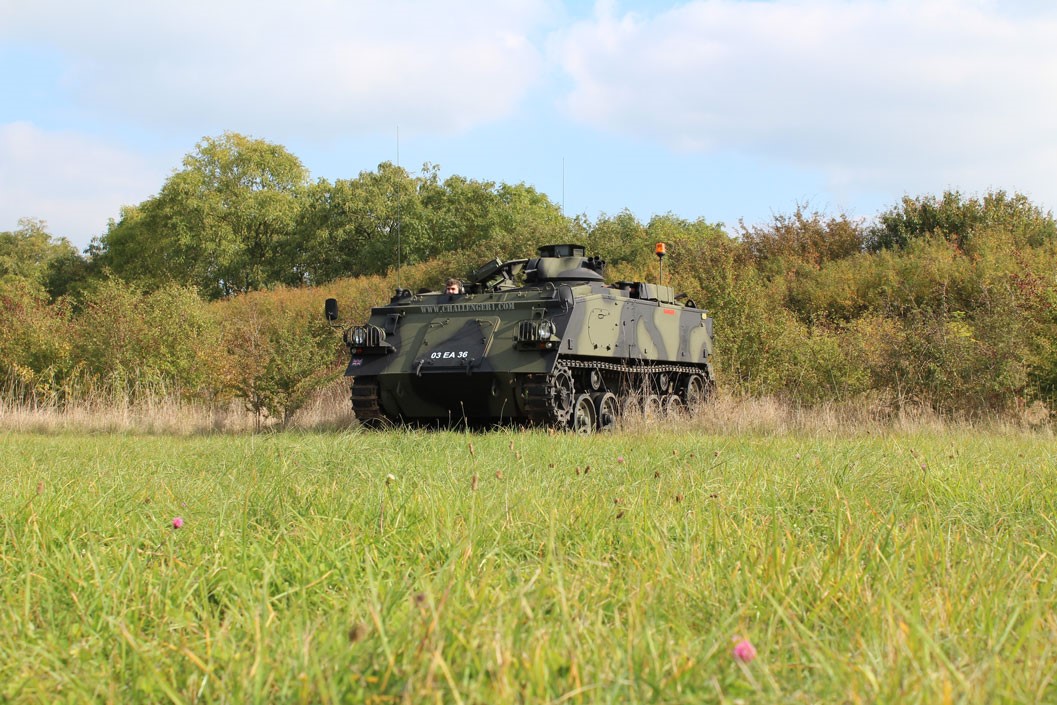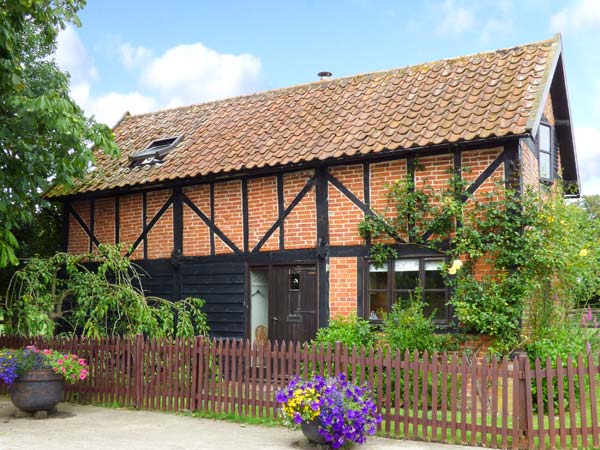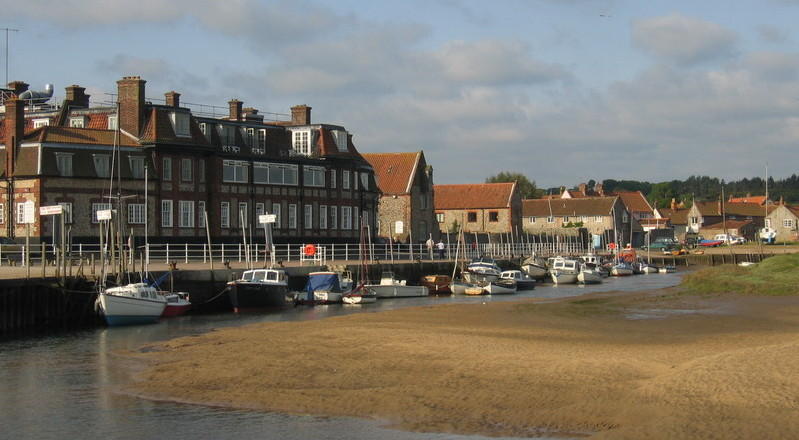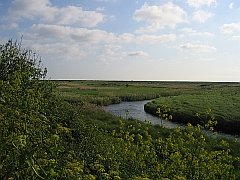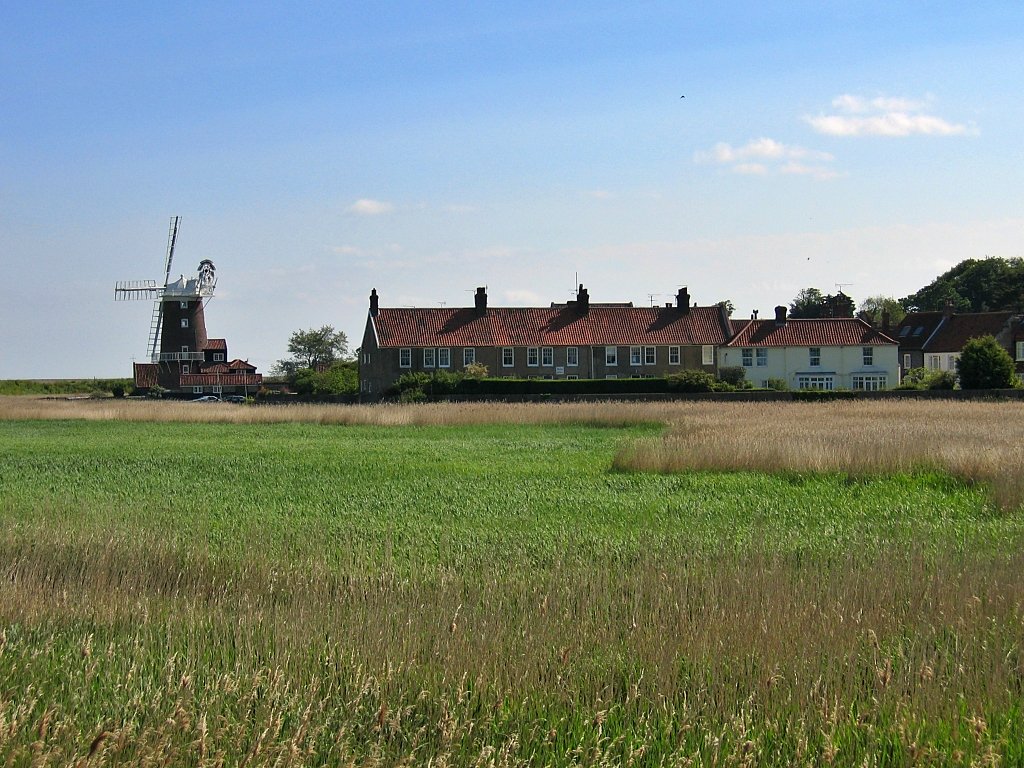A Tank in the Forest
Visiting the
Desert Rats Memorial in the Thetford Forest
On a brick plinth beside the A1065 road between Mundford and Swaffham in Norfolk stands a Cromwell Tank called Little Audrey II. This tank in the forest is a fitting memorial to the brave members of the Desert Rats, who fought in key battles during the Second World War. The memorial marks what once was the entrance to the army training camp used by the Desert Rats in 1944 as they prepared for the D-Day landings and the invasion of Normandy in France.
There’s very
little evidence left of the camp where the Desert Rats trained and learned to use their new Cromwell tanks, but a short, signposted walking
trail wiggles its way through the forest with information boards explaining
what camp life would have been like and how the area would have looked, crammed with Nissen huts, workshops, training spaces, and people.
Delivery of the new Mark IV Cromwell tanks to this army camp began in February 1944. Each tank had a name, and the founder of the Desert Rats memorial, Leslie Dinning, was assigned to the tank called “Little Audrey Laughed and Laughed”. His tank was hit several times during battle, but it somehow managed to survive the war. In one attack on the 26th September 1944, the tank commander, Sargeant A. Davies, and the radio operator, Corporal A. Glenton, sadly lost their lives.
Leslie’s idea for the memorial came to fruition in 1997, and working with the help of the Forestry Commission, a plot of land was identified and a plinth built by the Royal Engineers. Leslie Dinning found an old Cromwell tank, got it restored, and mounted on the plinth. The memorial was inaugurated on the 23rd of October 1998.
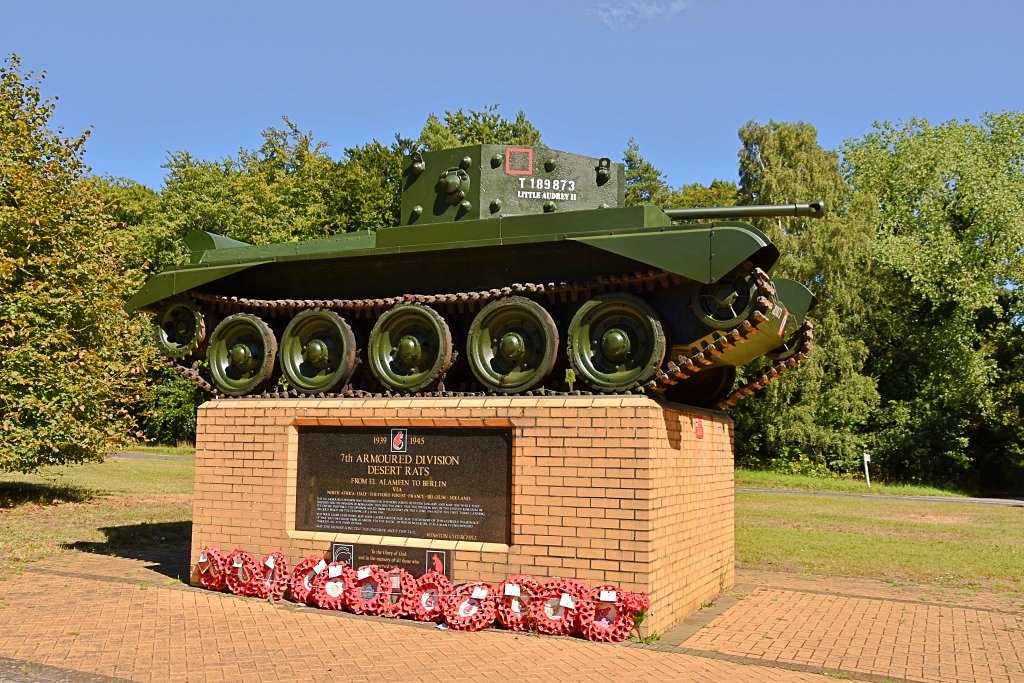 The Tank in the Forest: Little Audrey II The Desert Rats Memorial © essentially-england.com
The Tank in the Forest: Little Audrey II The Desert Rats Memorial © essentially-england.comWho are the Desert Rats
Just before the start of the Second World War, the British 7th Armoured Division was formed in the desert of North Africa. It was an amalgamation of several small, mobile forces based in Egypt to protect the Suez Canal from attack. They took the nickname “Desert Rats” after the Division Commander saw a local child with a Jerboa, a cute but deadly desert rodent and then designed a divisional badge with a red Jerboa.
The division became one of the most famous mobile formations, fighting in North Africa and Italy before returning to the Thetford Forest to train for the D-Day invasion of France.
From the first tanks landing on Gold Beach in Normandy on the 6th June 1944, the division battled through France, Belgium, Holland, and on to Berlin.
The 7th Infantry Brigade still wear the Jerboa badge and continue the long tradition of the Desert Rats.
The Mark IV Cromwell
Tank
The Mark IV Cromwell tank used by the Desert Rats was produced by from 1942. Powered by a 600HP Rolls-Royce Meteor V12 engine, it was built for speed and agility, but paid for its mobility with weaker armour and less firepower compared to the German tanks. A crew of five - a commander, driver, gunner, front gunner, and loader/radio operator - manned each tank, and it must have been a cramped, noisy, and terrifying place to be.
Here are some tank facts:
Length = 20.7 feet (6.3 metres)
Width = 9.5 feet (2.9 metres)
Weight = 28 tons (28,000 Kg)
Top Speed = 31 mph (52 km/h)
Maximum Fuel Range = 160 miles (265 km)
Fuel Consumption = 1.5 mpg
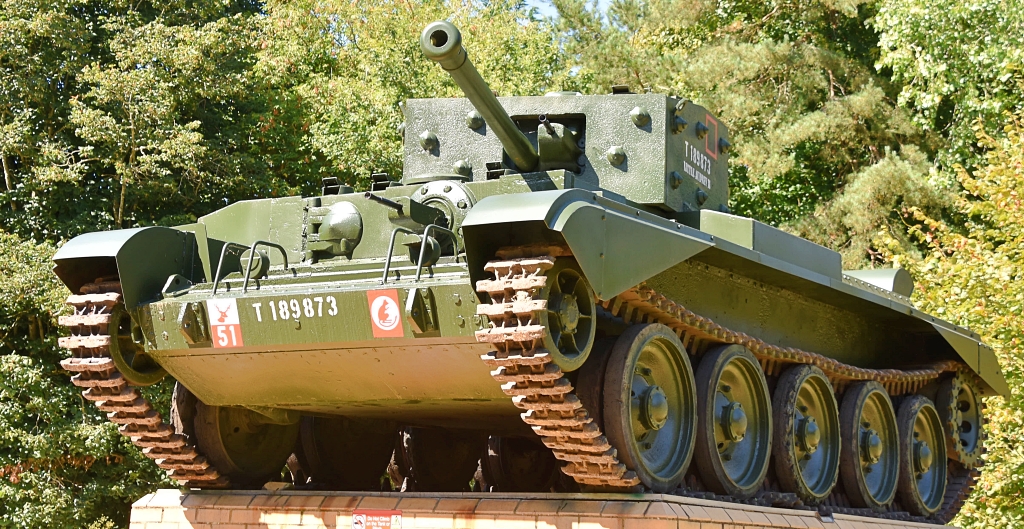 Mark IV Cromell Tank © essentially-england.com
Mark IV Cromell Tank © essentially-england.com
Tank in the Forest Walking Trails
The waymarked walking trail is just short of two miles long and takes you through some peaceful and beautiful forest. In fact, whilst walking through the forest we found it difficult to imagine that this would have been a bustling, noisy army camp as it was just so quiet.
If you don't have the time for the full trail, then a shorter loop can be done by turning right at the museum on to the concrete road back to the memorial. All the information boards were around the shorter loop, so you won’t miss part of the historic story.
If you want a map of the site please use this link to the Desert Rats website, or you could use the “Discover more info about this tour” link on our Tank in the Forest walks to download the gpx file or follow on your mobile device if you’re a komoot.com user.
We spent a little longer exploring the forest as it was a beautiful day and so very relaxing and peaceful. Even though the information boards pointed out where some of the buildings would have been and what was happening, it was hard to picture this small town hidden among the trees. Most of the troops were housed in well-used Nissen huts, with up to 18 men per hut. Field Marshall Lord Carver is quoted as saying “The first thing that struck me was how gloomy it was. These Nissen huts under dripping trees were hardly what we wanted on returning home.”
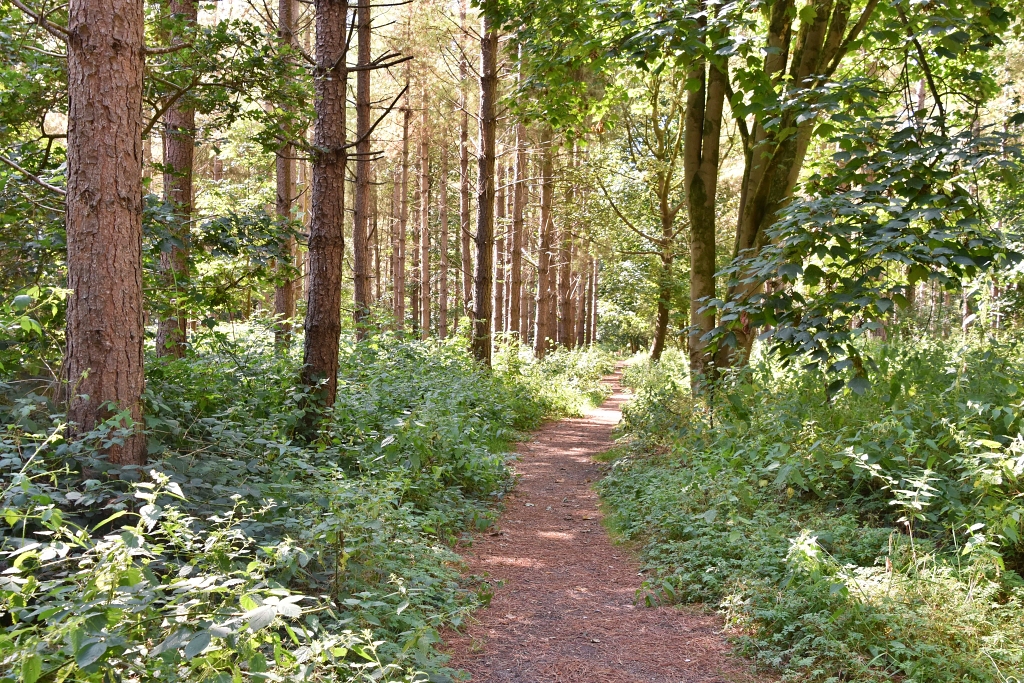 Walking Around the Desert Rats Walking Trail © essentially-england.com
Walking Around the Desert Rats Walking Trail © essentially-england.comA typical
day for the staff at the camp was described in the War Diary of Trooper L.J. Dinning,
and founder of the memorial. It makes very interesting reading...
6am: Wash and shave in a line of cold water taps over a tin through covered by corrugated iron roof. Return to hut and dress, fold bedding, clean equipment and hut ready for first parade, after which soldiers go to the cookhouse.
7-8am: Collect breakfast of porridge, then bacon or sausages and fried egg, or scrambled eggs and baked beans, followed by toast, jam or marmalade and tea from the cookhouse. Carry breakfast to Mess Hut close by, furnished with trestle tables and benches.
8am: First Parade: Squadron roll call and inspection in the Tank Park. Duties allocated, including maintenance, gunnery, wireless training and collection of vehicles and tanks from depots, depending on specialisation. Some days of field training with mock battles with troops living on rations and route marches of ten miles or more, carrying full kit.
Noon-2pm: March to Cookhouse, collect main meal and eat in Mess Hut. Main course of meat and two vegetables, then one of the following: rice, tapioca, baked pudding, steamed pudding.
2-5pm: Continuation of duties or football, rugby or cricket.
5pm: Off duty except for Guard Duty which was done on a 2-hour rotation throughout the night. Tea of bread and jam, but sometimes baked beans or scrambled egg on toast.
6-11:59pm: Prepare uniforms and kit for next day. Spend time in NAAFI or playing cards in individual huts.
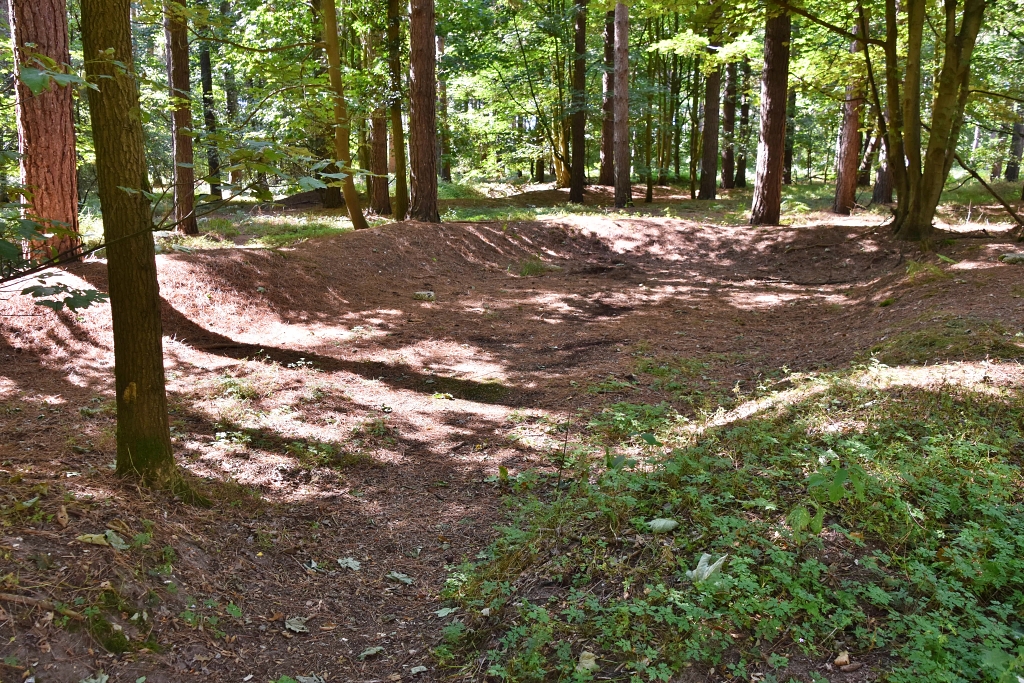 The Base Area of a Nissen Hut in the Forest © essentially-england.com
The Base Area of a Nissen Hut in the Forest © essentially-england.comThe Nissen hut accommodation was basic at best. There was no insulation and condensation was a problem. The floors were made from either concrete or stone slabs, and the two ends, made from slatted wooden panels, had a couple of windows to let in light. When it snowed, the snow was blown into the hut through the gaps in the panels. There was a small central stove for heat, but the surrounding trees were not allowed to be used for firewood.
For entertainment, there were the Navy, Army, and Air Force Institute (NAAFI) units, where ranks from trooper to corporal could relax when off-duty and spend time playing darts, table tennis, and cards and where beer, soft drinks, tea, and cakes were served. At the weekends, trucks would line up at the camp gates to take the men to local towns and as far away as King’s Lynn, Norwich, or Cambridge. Mind you, they had to be back before midnight!
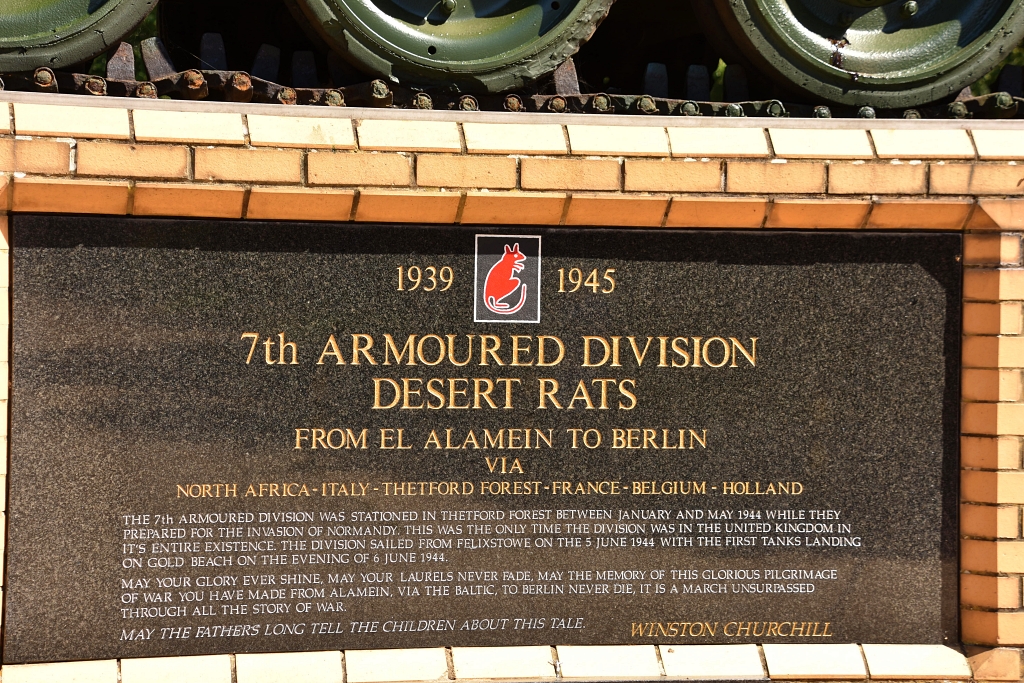
We thoroughly enjoyed our stroll in the forest and paying our respects at the stunning Desert Rats memorial. The site has a parking area and small museum run by volunteers, naturally housed in Nissen huts. There is also another memorial in the National Memorial Arboretum near Lichfield, Staffordshire.
If, like us, you enjoy finding tanks out and about in England why not join us as we visit these amazing machines on our travels. So far we have found:
- The Tank on the Beach near Mablethorpe in Lincolnshire.
- The Tank by the Beach at Slapton Sands in Devon.
- The Tank in the Moors at Upper Hulme, near Buxton in Derbyshire.
How About These Tank Experience Gift Ideas?
Anyone who loves military hardware will love to see a tank in action. Better still, what about getting a ride, or even more betterer ;-)... a drive in one. Take a look at these great examples that you could gift to someone special, or even just treat yourself.
We regularly drive past the Tanks A Lot centre in Northamptonshire, and they always have a great display of tanks outside. I’m sure we’ll be visiting one day…
Are You Planning a Holiday in Norfolk?
Where You Could Stay
Norfolk has no shortage of fabulous holiday accommodation whether you want to spend time on the beach, love boating or want to explore inland. You may covet a tiny fisherman's cottage like the one in Blakeney we kept returning to. You may like something larger and more modern like a loft overlooking the Norfolk Broads, or the right place for you may be a chic city apartment perfectly placed to explore Norwich...
To see other holiday cottages in Norfolk click here. Or check out holiday cottages in other parts of England by clicking here.
Or you could try a family orientated holiday resort in Lincolnshire as there's plenty of choice...
If you need to find a hotel, then try one of these search platforms...
What You Could See and Do
It's next to impossible to be bored in Norfolk, there's just so much to do and see. The list below includes some of our favourite places
- Explore Norwich with its shops and two cathedrals and pay a visit to Norwich Castle and its teapot museum.
- Visit Admiral Lord Nelson's birthplace at Burham Thorpe and read the report of the Battle of Trafalgar in a copy of The Times from 1805
- Spend a day at Sandringham and Castle Rising castle
- Take a ride on the Holt to Sheringham Railway and explore the beautiful little town of Holt and the seaside town of Sheringham
- Explore the ruins of Castle Acre and Castle Acre Priory
- Shop in Burnham Market
- Wander around the small town of Blakeney, explore the church and harbour before making an attempt to reach the seals at Blakeney Point
- Admire the famous windmill and go birdwatching in Cley-next-the-Sea
- Be wowed by the rhododendrons in Sheringham Park
- Visit Anne Boleyn's family home, Blickling Hall, or explore Oxburgh Hall, a fabulous manor house with a moat.
- Go wildlife spotting while walking through the Cley marshes from Blakeney
- Or even fish for crabs and wander along the famous pier at Cromer.

